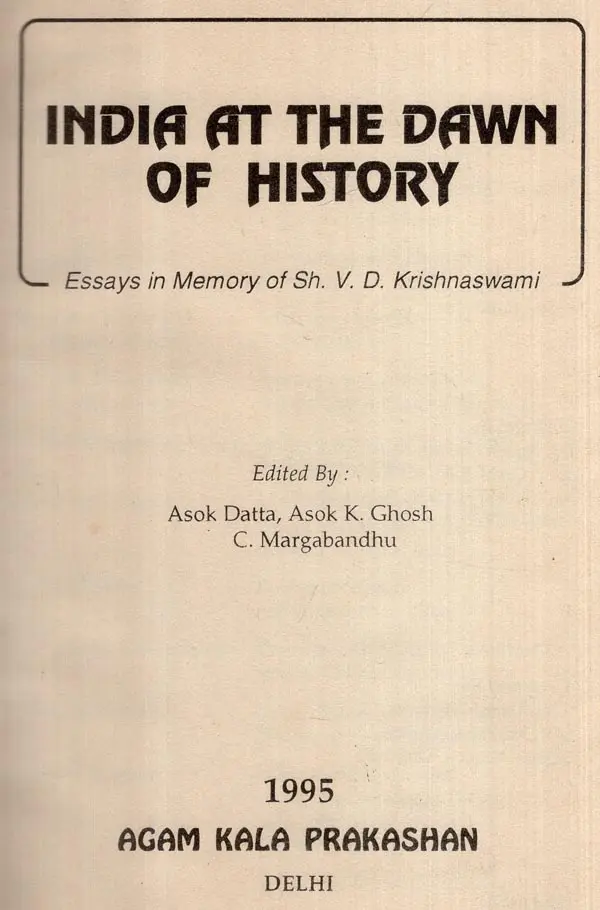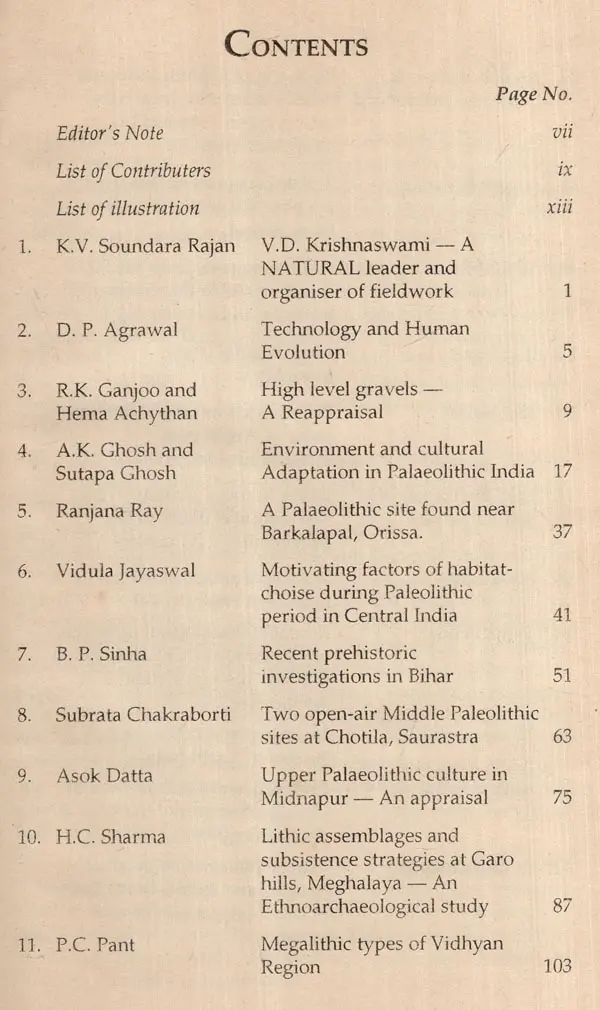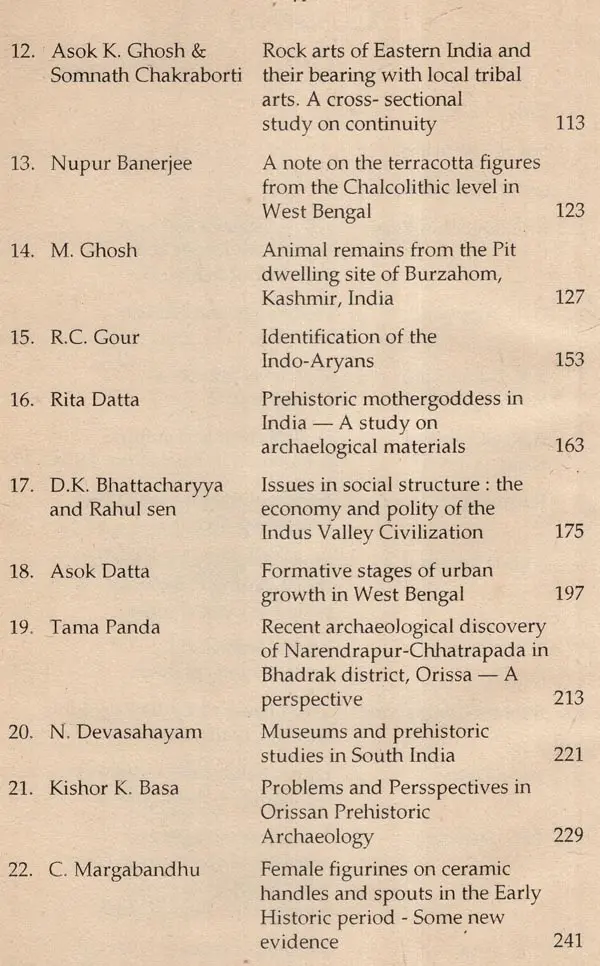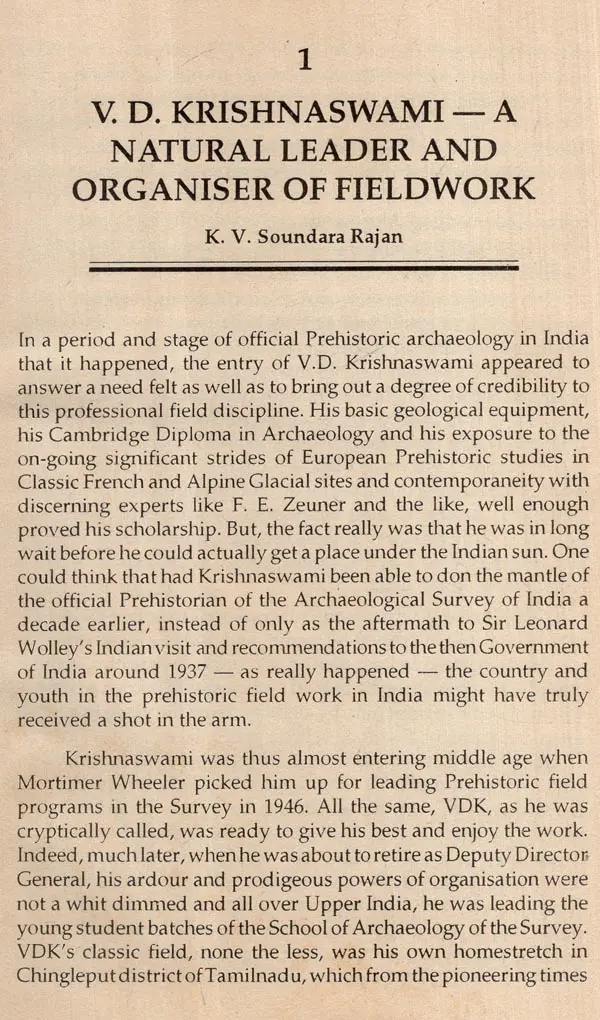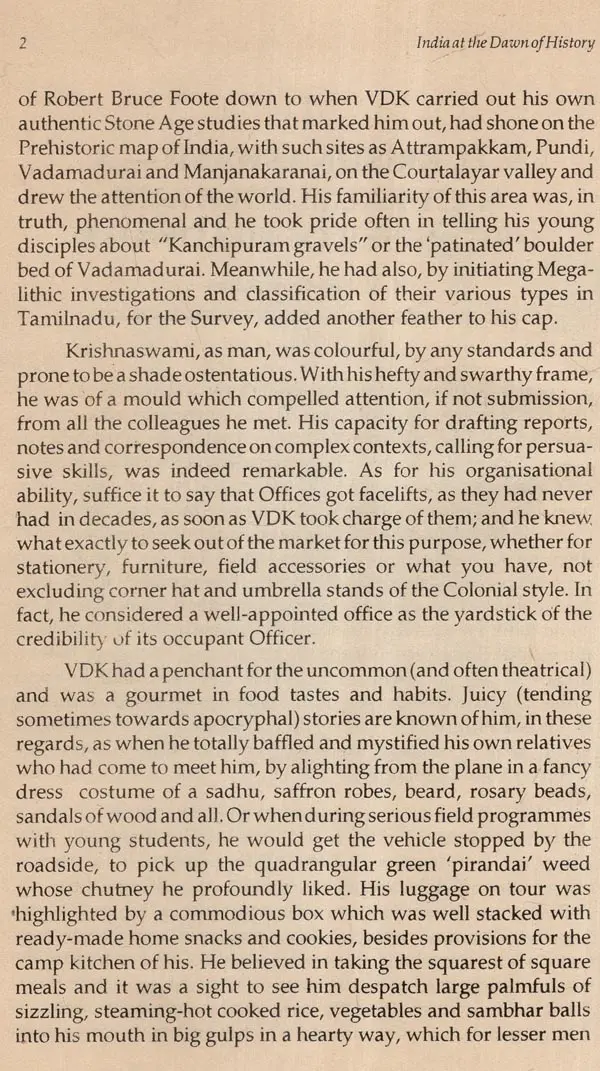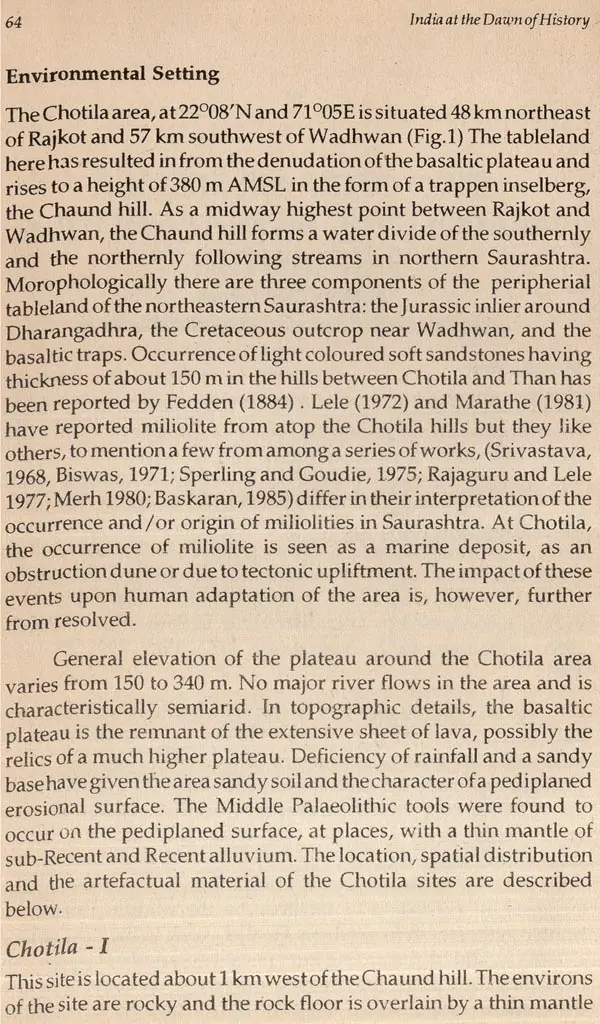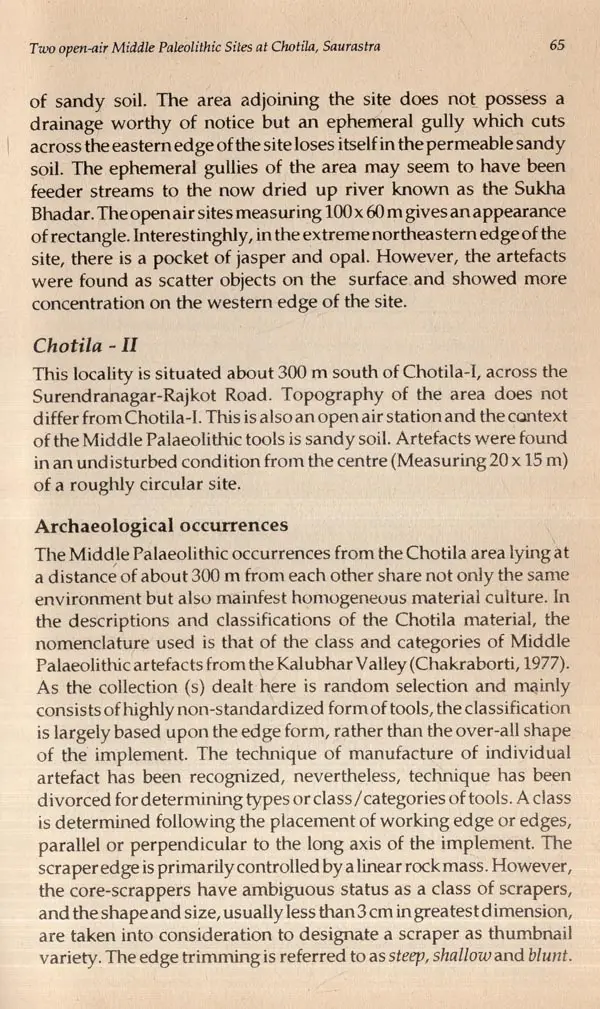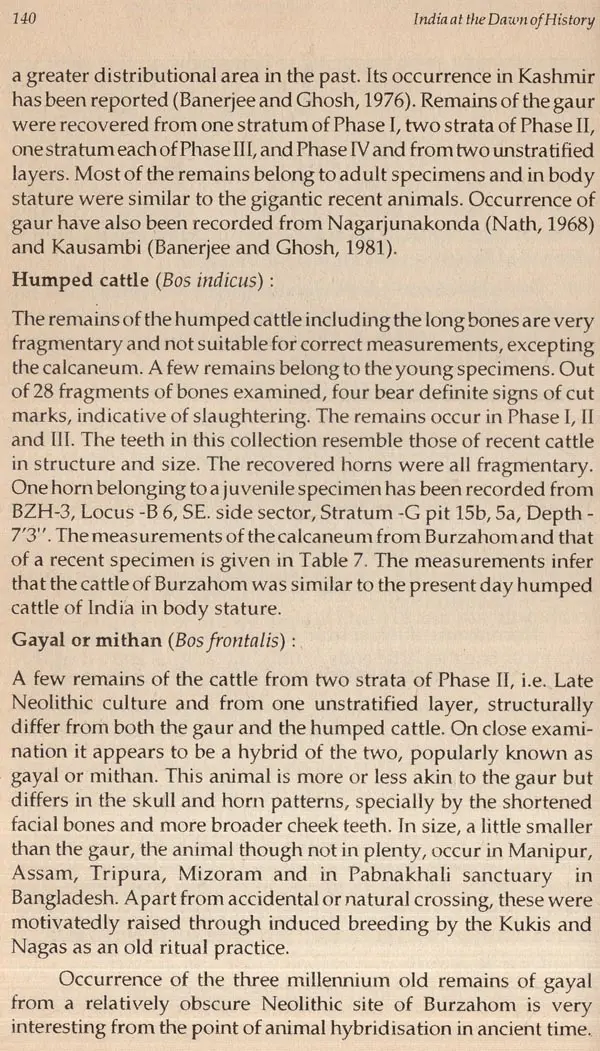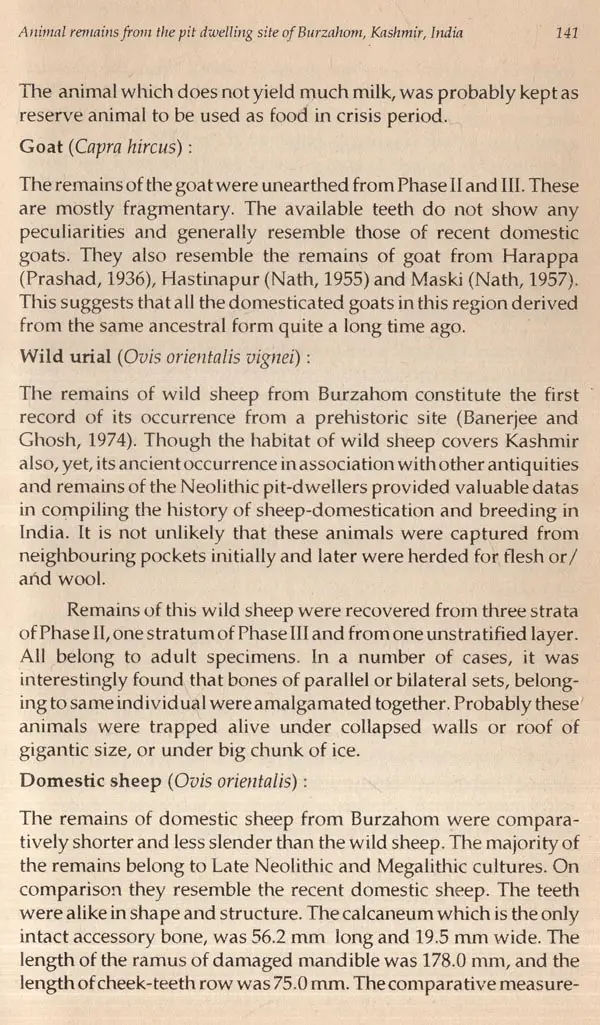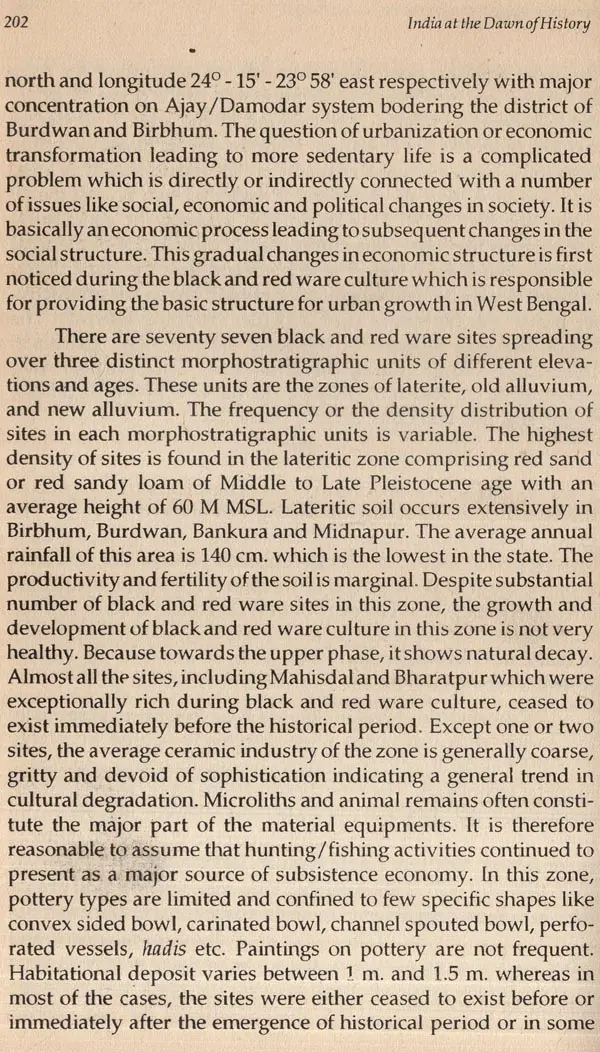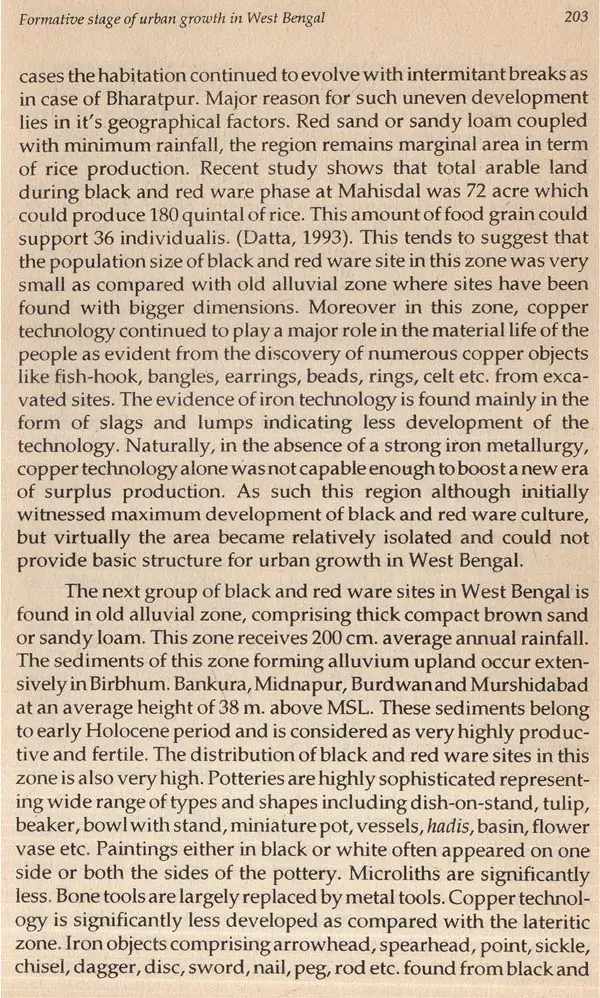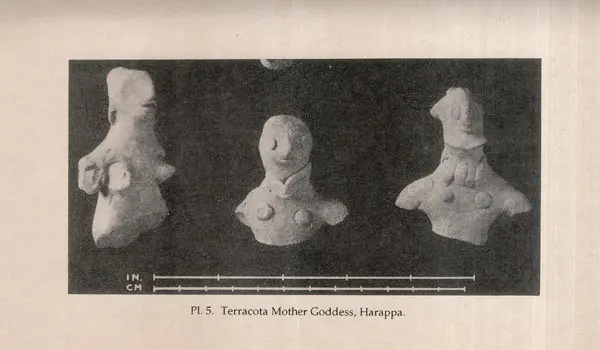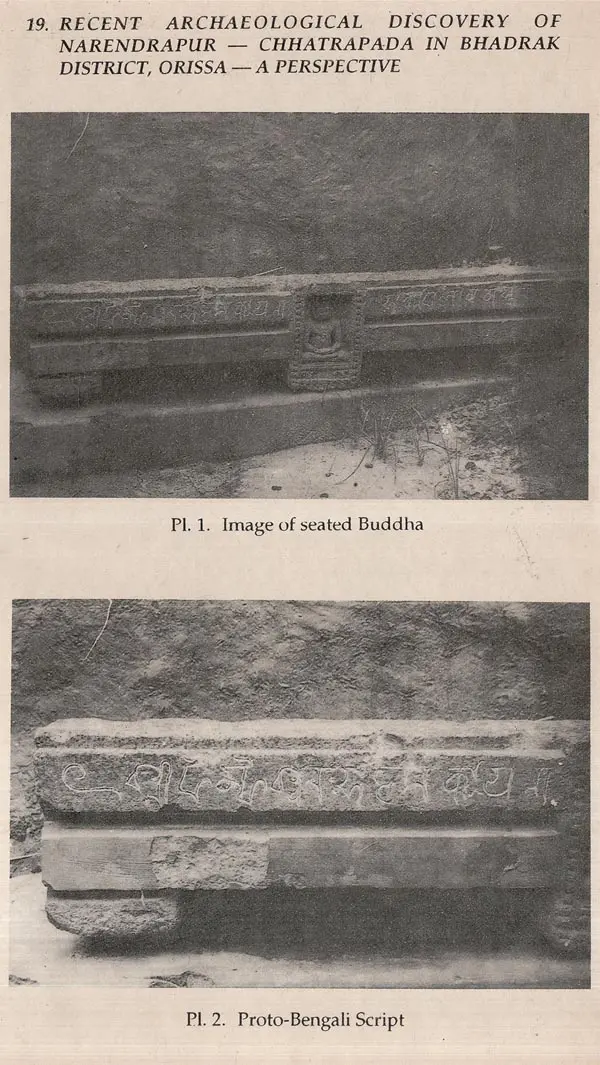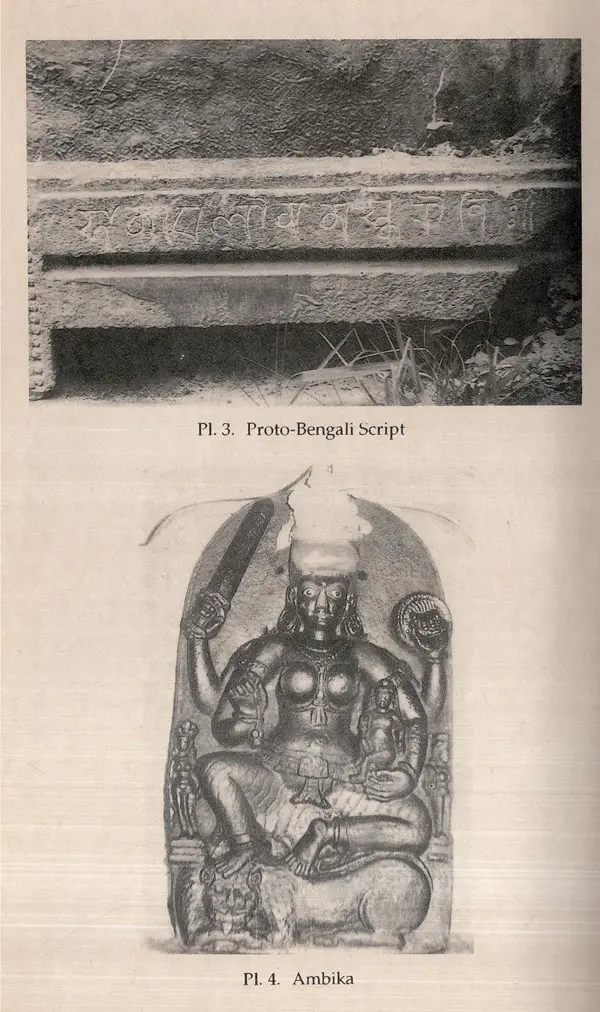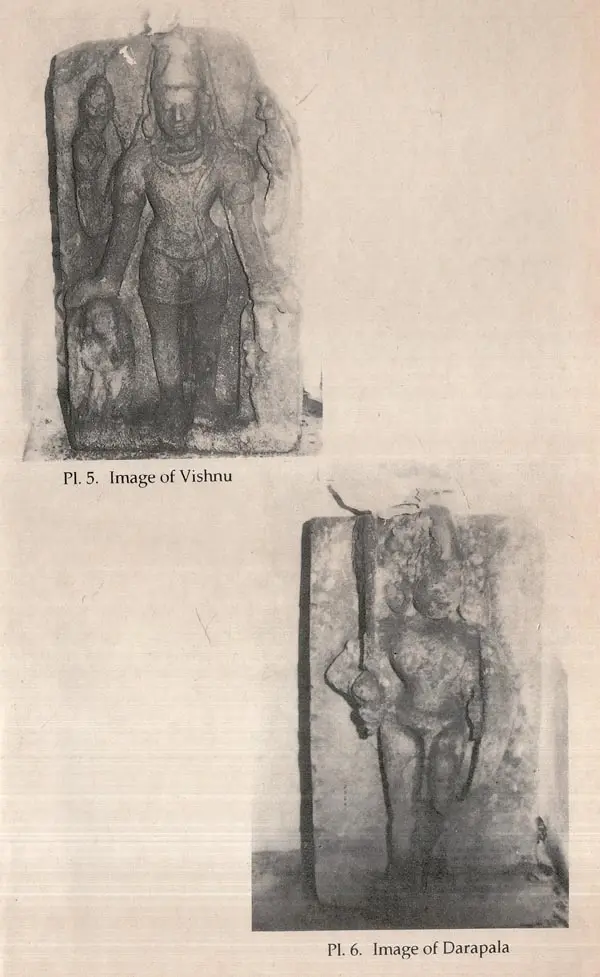About the Book India at the Dawn of History is basically a collection of essays of different scholars engaged in different fields of Indian Archaeology. Since this book is dedicated to the memory of V.D. Krishnaswamy, it contains mostly pre- and protohistoric papers. It is a collection of twenty-two papers contributed either individually or jointly by scholars. It includes a number of valuable prehistoric papers from scholars like D.P. Agrawal, B.P. Sinha, A.K. Ghosh, V. Jayaswal, Kisor Basa, Ranjana Ray and many others. P.C. Pant, R.C. Gour, D. K. Bhattacharyya, A. Datta etc. have contri buted papers on Indian Protohistory. Besides, a number of papers on historical and other issues have been contributed by scholars like C. Margabandhu, H.C. Sharma, M. Ghosh and others.
It is believed that this volume would serve as a source book to future scholars of Indian Archaeology.
About the Authors Asok Datta, M.A., Ph.D. from Calcutta University, is one of the young devout scholars of Archaeology from eastern India. He specialized in Pre- and Protohistory. He has published a number of books including two edited volumes. Not less than twentyfive research papers have already been published in different journals and books. At present, he is engaged in different research projects. He teaches Archaeology in Calcutta University.
Asok K. Ghosh is, at present, a Professor in Anthropology, Calcutta University. He is a well known scholar in the Indian Prehistory. Besides producing a number of Ph.D. students, Professor Ghosh has also edited a couple of books. In fact, his name needs no introduction in India as well as abroad.
C. Margabandhu is a well known. personality in Indian Archaeology. He has specialized in the field of Historical Archaeology. He has published a number of papers in different journals and edited volumes. He retired as Director (Excavation) of the Archaeological Survey of India.
Introduction In view of operational existence of a varied and diverse climatic, geographical, geological and overall ecological fac tors in the Indian subcontinent ever since the emergence of man, one should not expect a uniform horizontal and vertical growth of the Indian culture. India is therefore, a vast country characterized by a number of distinct ecological zones. Naturally, its material culture is very much condi tioned and shaped by these parameters. West Bengal, being situated in the eastern margin of the Indian subcontinent is always considered as the backwater of pan-Indian cultural expansion. But recent evidences strongly indicate the exist ence of a discrete culture having its own identities. This personality of West Bengal which is rooted in its soil, was developed through different stages time wise, before finally being shaped and influenced by the pan-Indian cultural expansion. It is indeed, true that despite this regional iden tities, the overall cultural pattern displays a strong unity with the Indian culture as a whole. However, in view of diverse ecological backdrop, one should not underestimate the regional forces in the making of the total process, reason being environment is always instrumental in shaping the nature and character of any cultural growth. Hence, culture should be defined in terms of its proper perspective keeping in view the geographical and other regional features and such cultural diversities are often common in a vast country like India with the epicentre of unity.
Book's Contents and Sample Pages
